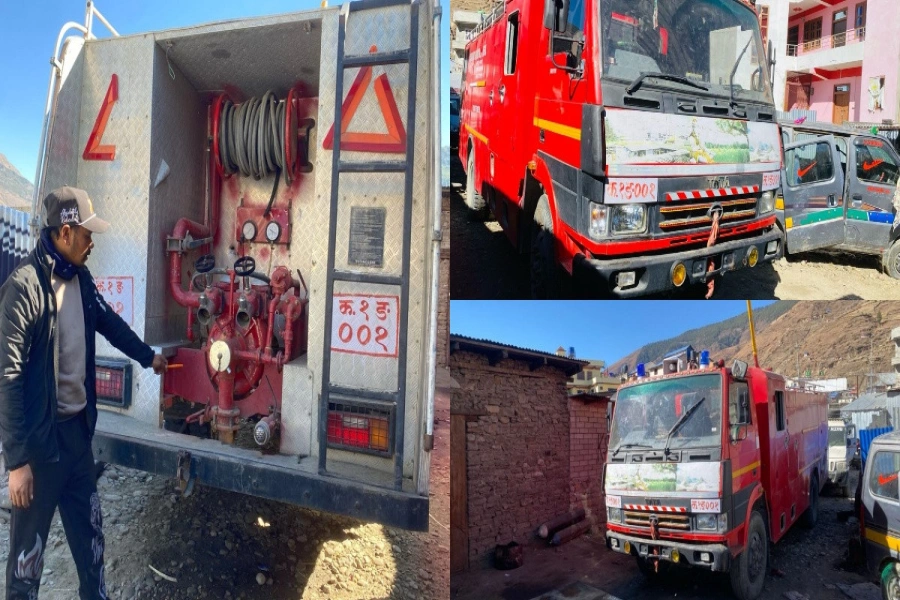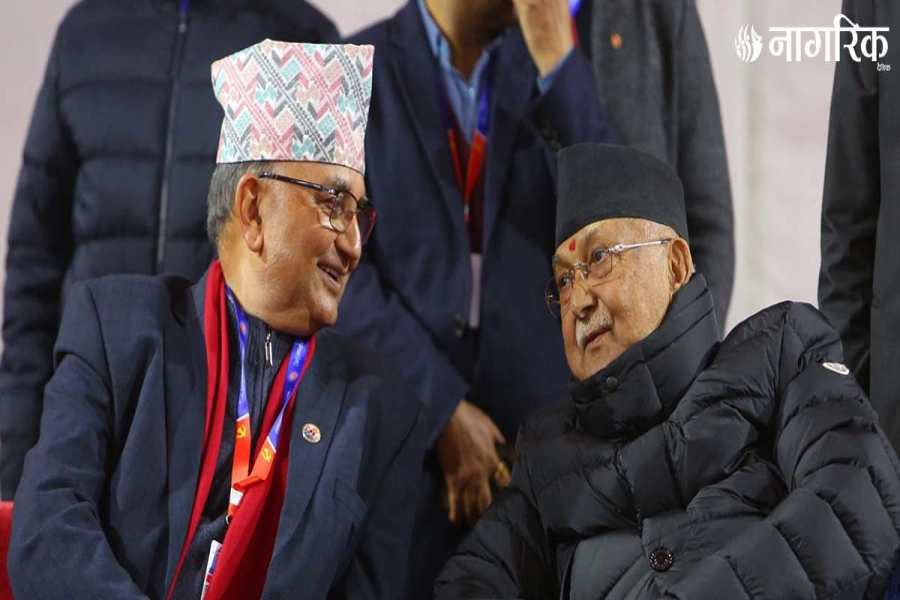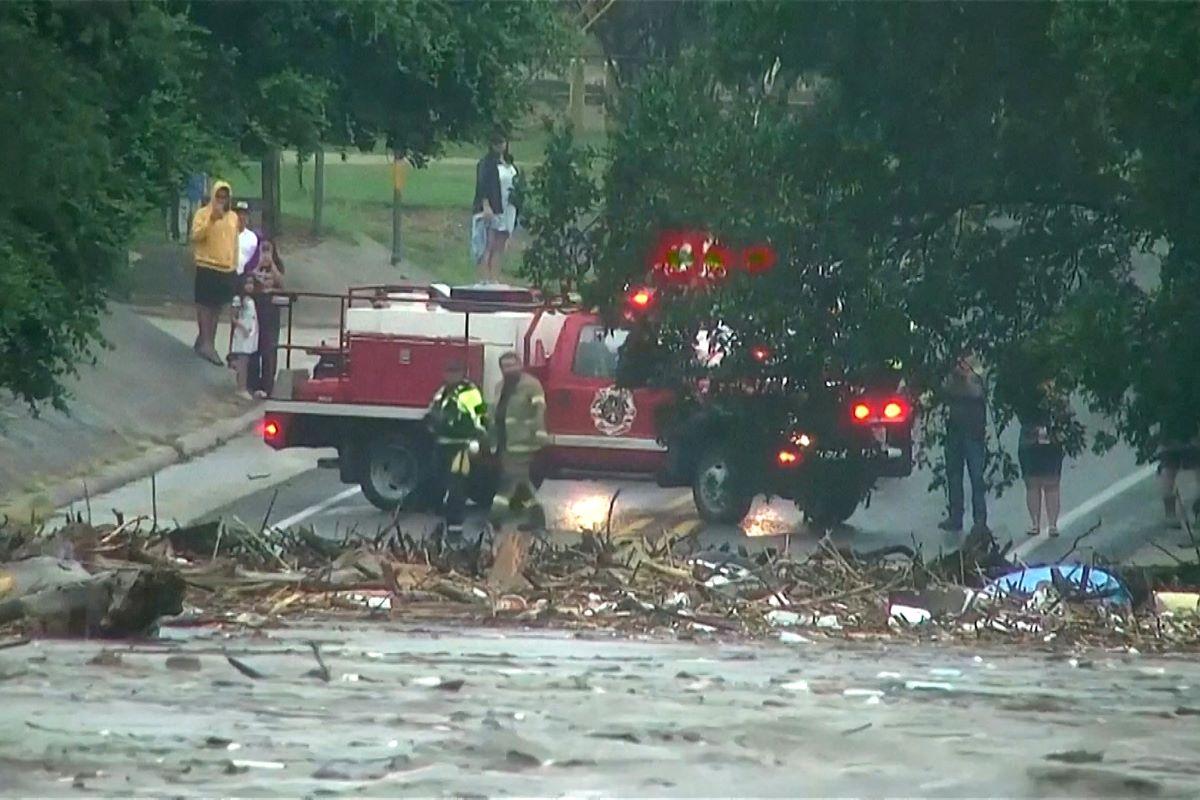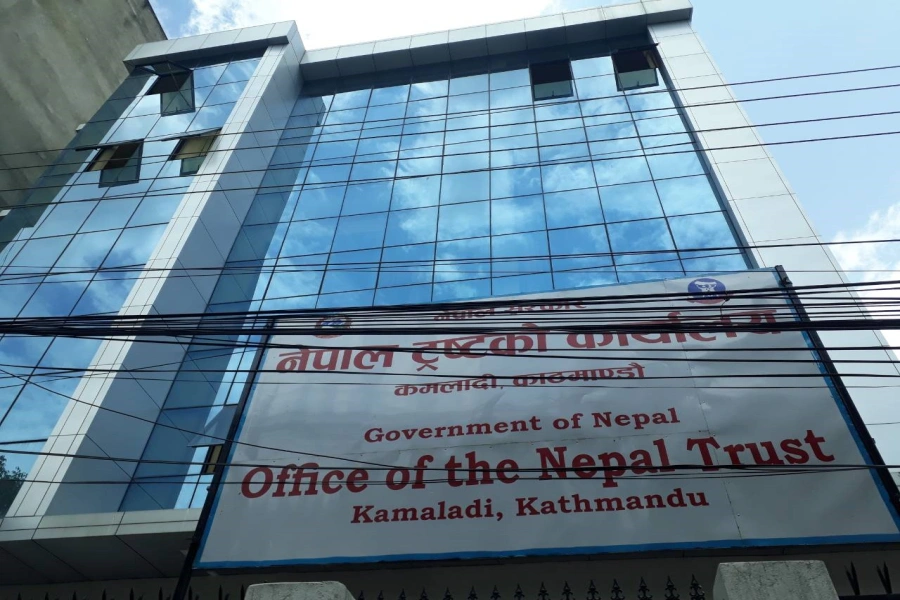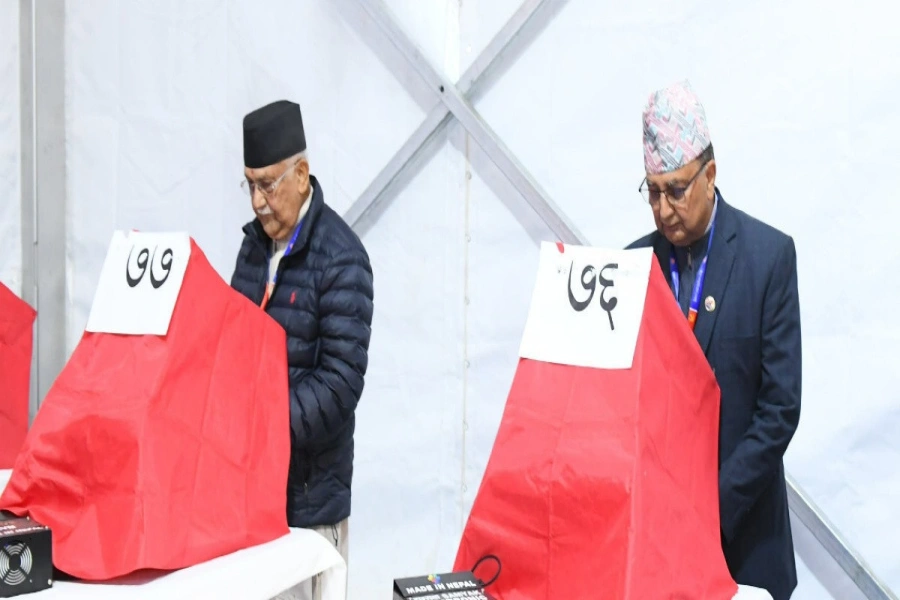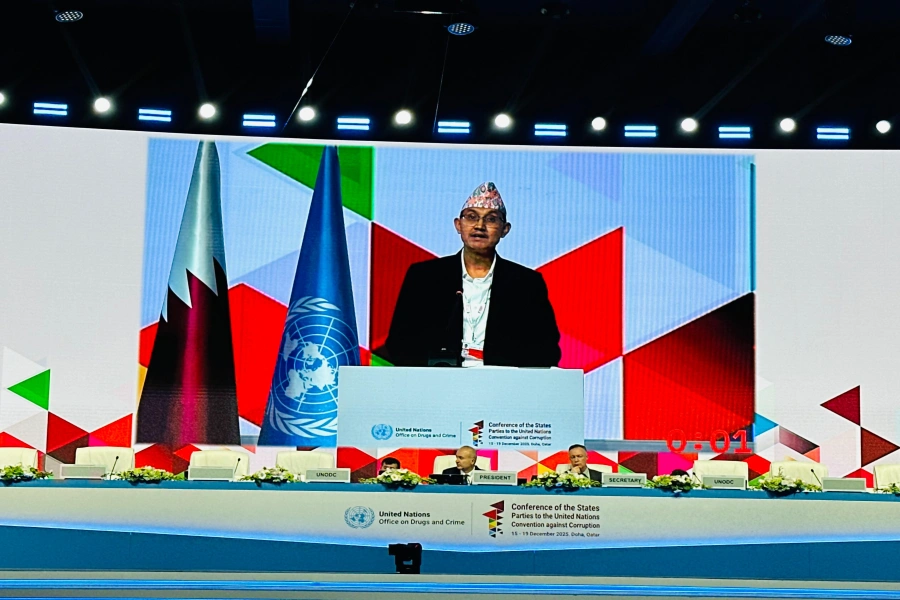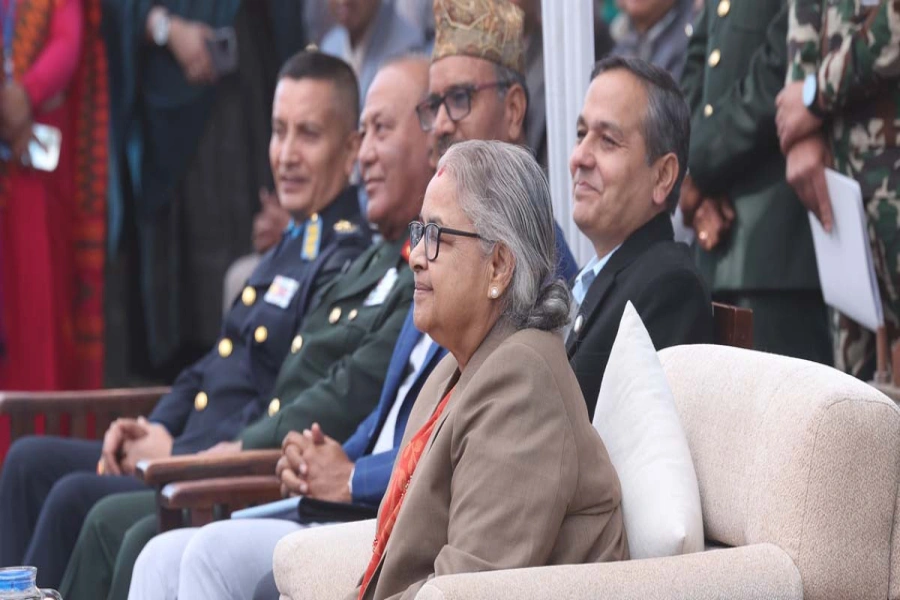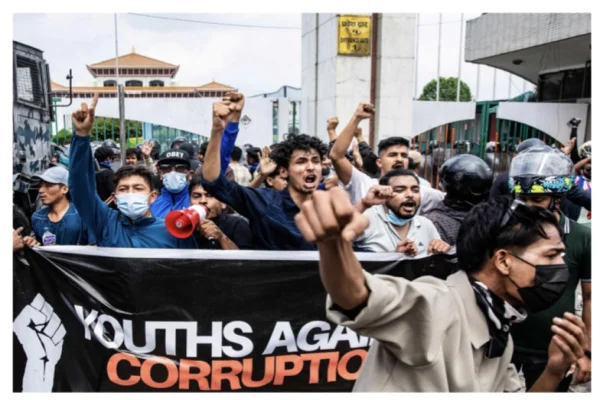Nepal has to initiate head-to-head talks with BJP leadership, especially Prime Minister Modi. Previous experiences have shown that bureaucratic talks do not help much.
The e-inauguration of Darchula to Lipulekh road by India’s Defense Minister Rajnath Singh on May 8 was a surprising move at a time when Nepal was offering to hold Foreign Secretary level talks to resolve outstanding disputes with India. Earlier, Nepal had sent two diplomatic notes to India protesting the new map published by India on November 2, 2019, and in 2015 when India and China signed an agreement in Beijing to make “Lipulekh pass” a trading route to increase their bilateral trade.
After Nepal’s reaction towards the construction of road in the disputed areas, New Delhi asked Nepal to wait till the COVID-19 crisis ends. However, on May 11, Nepal’s Foreign Minister summoned Indian Ambassador in Kathmandu and handed over the diplomatic note again to strongly protest the new road. Interestingly, on May 15, India’s Chief of Army Staff (CoAS) reacted that Nepal was acting “at the behest of someone else.”
Following the immense public pressure and protest against India, Nepal released a new map including the territory of Kalapani- Lipulekh and Limpiyadhura. Now as the Government of Nepal is preparing to amend the constitution to endorse the new map, MEA has expressed readiness to resolve the disputes through dialogue.
Ali Zafar to talk about team building at 'Entrepreneurship Talk...

Ups and downs
Nepal-India relation is based on close cultural, traditional, religious, linguistic and martial relations at people-to-people level. Citizens of both countries enjoy free movement across the borders. Such trajectory has made bilateral relations unique in the world. Despite this, the relationship between the two countries has always seen ups and downs due to various factors such as economic blockade of 2015 and ongoing border disputes. Meanwhile, the formal relationship has been guided by 1950 Nepal-India Treaty of Peace and Friendship. Lately, Nepal has not been satisfied with the treaty and in this case both governments have agreed to revise it. To give the final shape, two governments formed Eminent Persons’ Group (EPG). But Indian side does not seem to be willing even to accept its report.
After the 2015 blockade, then CPN-UML Chief KP Sharma Oli was elected the Prime Minister of Nepal on October 11, 2015 with the support of the Maoist party under the newly adopted constitution. Oli had projected himself as a strong nationalist leader of Nepal. As a result, he received heavy support from the Nepali people. He knew that it was an opportunity for him to gain the national support. For Nepal Communist Party (NCP) “anti-India campaign” became a lifeline to conduct their politics in the country and to win the election.
Due to the economic blockade by India Oli was compelled to decrease dependence over India. He was charting the plans to sign the Trade and Transit Agreement with China to access the sea ports. The blockade became the opportunity for Nepal to create strong friendship with China.
Yet, PM Oli still made his first official trip to India in February, 2016 and signed some important agreements like $ 250 million package for the post-earthquake reconstruction in Nepal, strengthening the road projects in Tarai region, operationalization of Vishakhapatnam Port, simplification of transit between Nepal and Bangladesh through Kakarvitta- Banglabandha and so on.
When UML and Maoist united to form Nepal Communist Party, Oli emerged even stronger. Despite reservations, India had no choice but to work closely with Oli. During the election campaign, Oli had highlighted his vision of connecting Nepal through waterways and railways. This had become a significant vision in enhancing the connectivity related projects between Nepal and India. In this line, Nepal and India inaugurated the ICP in Birgunj and the two Prime Ministers witnessed the ground-breaking ceremony of the Mothihari- Amlekhgunj cross border petroleum pipeline. Three separate agreements were also signed—Bilateral Agriculture Partnership, Kathmandu to Raxaul Railway, and Nepal-India Inland Waterways Connectivity.
Oli played a vital role in Mahakali Treaty in 1998, which allowed Indian forces to encroach on Nepali territory, but time to time, Indian establishments and think tanks have seen Oli as anti-India and pro-China leader.
Indeed, Chinese investments in Nepal have increased after 2015. India also believes that China had a role in merging two communist parties in Nepal. Recently, Chinese Ambassador was seen to play a role to resolve internal crisis of NCP. This might be the main reason India has felt a threat of growing Chinese influence in Nepal.
PM Oli has been supported by main opposition Nepali Congress, other fringe parties and all Nepalis on border issue. They want the new map to be endorsed by the parliament. Thus it is a great opportunity for Nepal to bring back the Nepali territory. But at the same time, Nepal is going to have a tough time in dealing with India. Therefore, Ministry of Foreign Affairs in Nepal must handle the situation through “virtual dialogue” with India to resolve the outstanding bilateral issues.
Nepal should keep in mind that it is a landlocked country and it has to be with India in order to conduct our third country trade. Nepal has to ensure India’s major interests including security.
There is also an urgent need of establishing the P2P relations (political-party to political-party) between Nepal and India in order to exchange the opinions and views on Nepal and India in a regular basis. This could be instrumental in solving the outstanding disputes with India including Kalapani and Susta. But for now Nepal has to initiate head-to-head talks with BJP leadership, especially Prime Minister Modi. Previous experiences have proved that bureaucratic talks are not going to help much.





